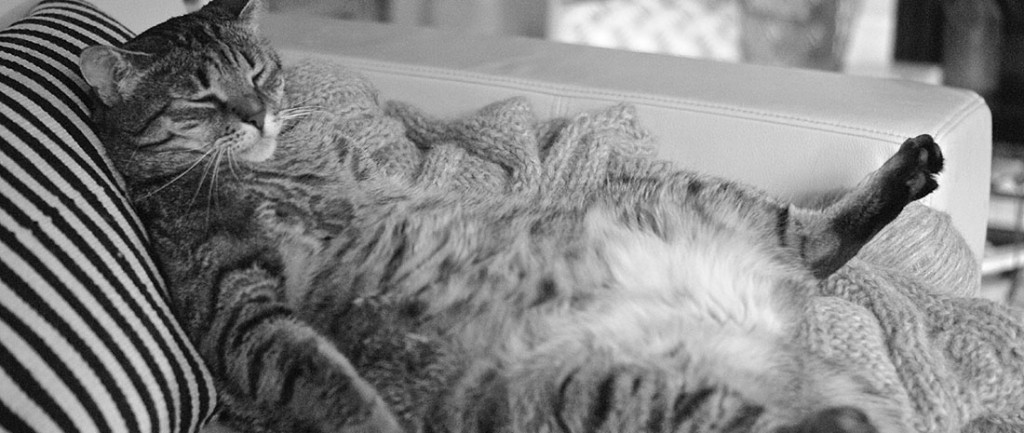The human body is designed to move. The technological age of labor- saving devices and sedentary living often detracts from the biological necessity for movement.
Disuse is deadly; many degenerative diseases plaguing Americans have a portion of their roots in sedentary, inactive lifestyles. as much as 50 percent of the decline in physiological functioning–weak muscles, stiff joints, low energy levels–is actually due to disuse and not a normal consequence of age,”
The human body is designed to move. The technological age of labor- saving devices and sedentary living often detracts from the biological necessity for movement. Disuse is deadly; many degenerative diseases plaguing Americans have a portion of their roots in sedentary, inactive lifestyles. As much as fifty percent of the decline in physiological functioning–weak muscles, stiff joints, low energy levels–is actually due to disuse and not a normal consequence of age.
“More people die of a sedentary lifestyle than from smoking.”
C. Everett Koop, Former Surgeon General of the U.S
Without movement you could not sustain life: blood cells that don’t move cannot transport oxygen, lungs that don’t move can’t breathe, hearts that don’t move can’t pump blood, and spines that don’t move can’t create the motion required for proper joint nutrition, for the activities of daily living, or for the stimulation of the joint-brain pathways required for proper brain and body function.
Spinal movement stimulates brain function in the same way that a windmill generates electricity for a power plant. Half of all the nerve impulses that are sent between your brain and body in your spinal cord are for the delivery of movement stimulation to the brain.
This enables the brain to coordinate activities such as concentration and learning, emotions, motor control, and organ function. Movement charges your brain’s battery and makes you able to think better, feel better, and function better, all of which are essential to health and longevity.
Proprioception is the term used to describe the ability to sense the position, location, orientation and movement of the body and its parts, all which are important to movement and brain function.
Spinal proprioception plays a critical role in modulating protective muscular reflexes that prevent injury or facilitate healing. Sensation is the fundamental ingredient that mediates the proprioceptive mechanism.
The joints of the body act as sensory chambers, which relay proprioceptive information between specific neural pathways and the central nervous system (CNS). These neural pathways also transport the necessary sensory motor information, which modulates muscle function.
The disruption of muscle and joint mechanoreceptors from physical trauma results in partial deafferentation of the joint and surrounding musculature, thus resulting in diminished proprioception and increased nociception. This predisposes the joints to further injury and accelerates the degenerative aging process.
“Mechanoreceptors in cervical facet joints provide major input regarding the position of the head in relation to the body. With aging, mild defects impair mechanoreceptors function. With decreased proprioception, body positioning in space is impeded and the patient becomes reliant on vision to know the location of a limb. To compensate for the loss of proprioception in the legs, the feet are kept wider apart than usual. Steps become irregular and uneven in length. As impairment increases, the patient becomes unable to compensate. With severe loss of proprioception, the patient is unable to get up from a chair or rise after a fall without assistance.”
Caranasos, MD, Gait Disorders in the Elderly

